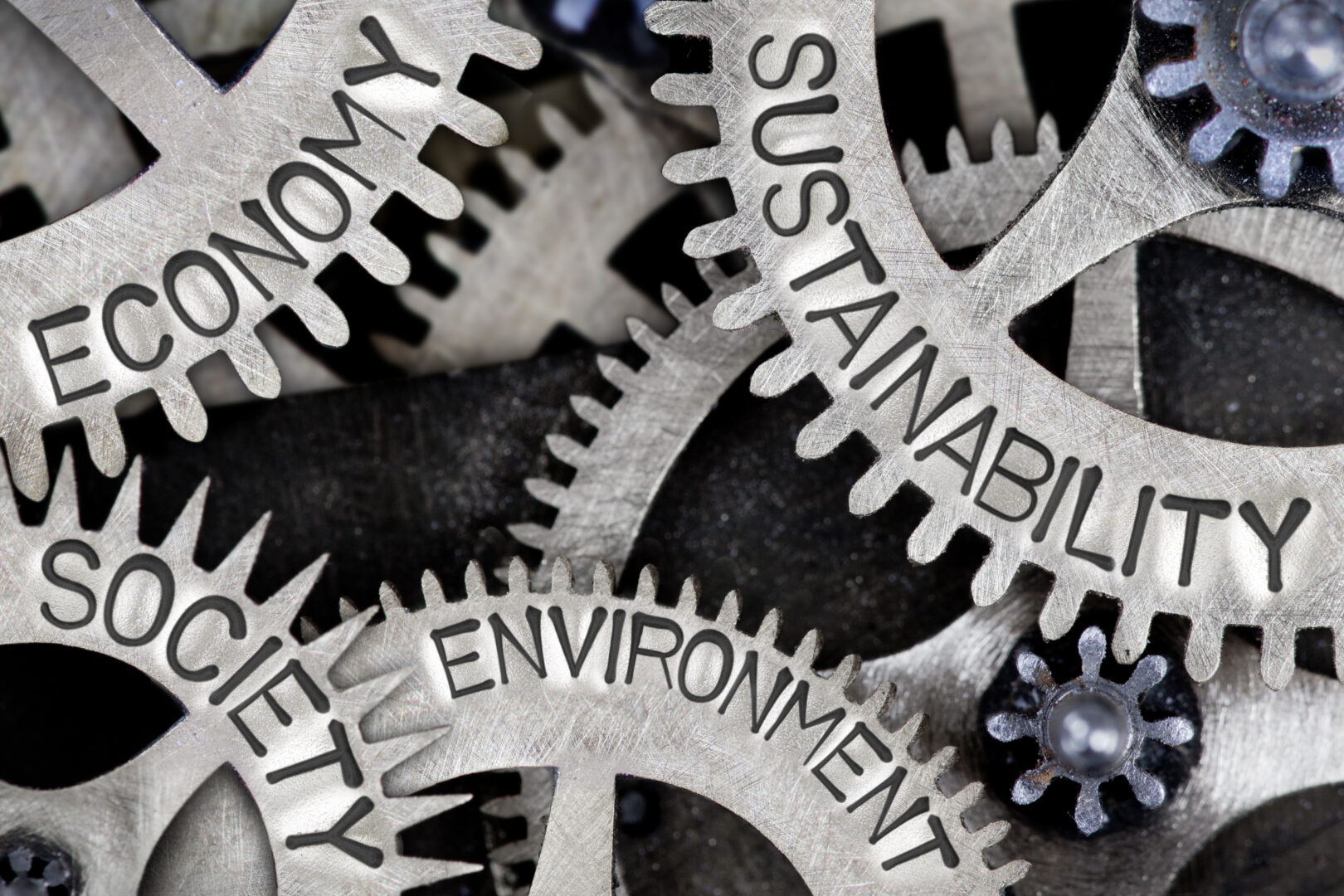New studies show cultivated meat can have massive environmental benefits and be cost-competitive by 2030

If renewable energy is used in its production, cultivated meat is likely to have a lower environmental footprint compared to conventional meat production and could become cost-competitive in under 10 years.
Sound too good to be true? A new pair of studies analyzing the life cycle and techno-economics of commercial-scale cultivated meat production support the claim.
These newly released reports, a life cycle assessment (LCA) and techno-economic assessment (TEA), are the first-ever reports to be informed by data contributed by companies involved in the cultivated meat supply chain. Over 15 companies and one government scientific body (from Singapore) participated, including five cultivated meat manufacturers. The studies used industry data to model how cultivated meat may be produced by the year 2030 and assessed the costs and environmental impacts of a commercial-scale facility that produces 10,000 metric tons of a ground cultivated meat product per year.
Renewable energy is critical to realizing the full potential of cultivated meat
The LCA was the first study to analyze scenarios of cultivated meat production powered by an average conventional energy mix versus a renewable energy mix. The study showed that in cultivated meat production, the majority of emissions are scope 1 and 2 carbon dioxide emissions due to energy use at the production facility. Compared to plugging into an average electricity grid today, cultivated meat manufacturers can reduce their carbon footprint by about 70 percent through single actions such as using and sourcing renewable energy at their facilities. This is in contrast to conventional meat production, where the majority of emissions are scope 3 and more distributed amongst land use change and various greenhouse gasses such as carbon dioxide, methane, and nitrous oxide, making the carbon footprint of conventional meat more difficult to reduce through single actions.
If renewable energy is sourced at production facilities (scope 1 and 2), cultivated meat (estimated to be 4.0 kg CO2eq/kg) would have a lower carbon footprint than the vast majority of conventional meat and farmed seafood production, according to the largest global assessment of the environmental impact of foods. Just as electric cars are cleaner when electricity is sourced from greener energy grids, cultivated meat is most sustainably produced with renewable energy.
The carbon footprint of cultivated meat can be reduced even further by sourcing inputs such as cell culture medium through suppliers using sustainable practices (scope 3 emissions). If renewable energy is used throughout the supply chain, cultivated meat’s footprint could drop to 2.8 kg CO2eq/kg. Even when compared to highly optimistic future scenarios for conventional meat production, this carbon footprint is up to 92% less than beef, 44% less than pork, and about the same as chicken.
Additional scenarios in the study demonstrate the opportunity to reduce the carbon footprint of cultivated meat production even further if certain practices are implemented for cooling and bioprocessing. These conclusions are expected to be highly robust, as the study also accounts for uncertainty in cultivated meat production by conservatively assuming high energy use at the facility, which is representative of an upper estimate.
Benefits extend beyond carbon emissions
The LCA found that cultivated meat is nearly three times more efficient than chicken production — the most efficient form of conventional meat. In alignment with previous studies, this efficiency translates to cultivated meat requiring 64 to 90 percent less land and causing 20 to 94 percent less air pollution, 69 to 98 percent less acidification of soils, 75 to 99 percent less marine eutrophication, and similar reductions in other environmental impacts compared to conventional meat production. If this land is carefully repurposed to rebuild ecosystems and sequester carbon or simply grow more human-edible food, we can significantly offset carbon emissions (a benefit not incorporated into the LCA) and address global food security challenges.
Cultivated meat can compete on costs
The TEA found that cultivated meat can compete with some conventional meats on costs, with production costs in the study as low as $6.43 per kilogram, or $2.92 per pound, from this hypothetical production facility in 2030. (Note that this figure strictly reflects the cost of goods sold and does not include markup by the manufacturer or retailer, so this is the production cost rather than the price that consumers would see.) Hybrid products that combine plant-based meats with cultivated meat as an ingredient offer a compelling near-term opportunity to further reduce costs and more thoroughly biomimic the meat-eating experience.
This cost reflects the lowest-cost scenario in the model, and achieving it will require concerted research effort to improve the process and inputs in addition to securing favorable financing arrangements. The baseline model production facility has an estimated capital cost of $450 million USD, but this is projected to decrease to $320 million USD with improved production efficiencies. This lower-cost facility would be required to achieve the $6.43 per kilogram or $2.92 per pound production cost estimate. Additionally, to realize this competitive production cost, relaxed payback periods and a menu of financing strategies and incentives will be needed to lower the cost burden on cultivated meat manufacturers and enable them to install new infrastructure at high rates.
Importantly, new technological developments not featured in the study—such as specialized and automated cultivators for meat production, cell culture media recycling, and improved methods for growth factor production—can reduce the costs of cultivated meat production even further.
A roadmap for success
These studies paint the most complete picture of the costs and environmental impacts of large-scale cultivated meat production to date. However, data gaps exist and assumptions may change as the nascent cultivated meat industry matures. The findings should not be taken as unchanging truths or as the absolute lower bounds of costs and environmental impacts of cultivated meat. Rather, the insights from the reports can be used to address technical and economic bottlenecks and serve as guidance for stakeholders to further the development and deployment of cultivated meat.
We’ve created the roadmap for entrepreneurs and scientists to address the technical challenges that will accelerate the industry and for stakeholders to capitalize on the potential for cultivated meat to mitigate massive global challenges related to climate change, antibiotic resistance, and other areas of human, animal, and planetary health.
Let’s get going! Explore GFI’s summaries of the reports for both technical audiences and key stakeholders.

Resource
Cultivated meat LCA/TEA report analysis
Recent studies show cultivated meat could have reduced environmental impacts and be cost-competitive with some forms of conventional meat.
About the study’s partners and roles: The LCA study was commissioned by GFI and GAIA, who lent their expertise to assist in the research process and connect to data partners. CE Delft was independent in carrying out the analysis and writing the reports. Raw data from companies was not shared with GFI or GAIA. The TEA study was commissioned by GFI. All other project roles were the same as stated above. These reports were made possible thanks to the support of GFI’s donor family.

